

Overview
Artwork Guidelines
A one-of-a-kind, grand format substrate, G-Floor® offers unbridled versatility with its inexhaustible range of applications. A one-stop solution for graphic flooring, G-Floor® is a visionary product offering a glance at the future. G-Floor® far surpasses all printed floor graphics that have preceded it.
It is second-surface printed using the latest LED UV technology. Extruded as a clear, flexible, pure PVC product, it provides the ultimate in image protection. Not only is it the thickest wear layer in the industry, but it is also the widest. This graphics-flooring is manufactured in widths up to 3 metres and a flexible 2.4mm thickness, offering endless application opportunities.
When using G-Floor® Print Media, you are no longer creating floor graphics, but graphic floors that easily handle both heavy foot and vehicle traffic. With its incredibly impressive spec, it is the only graphic floor for a mesmerising yet truly innovative result. This unrivalled flooring product opens a new direction in store design, public spaces and events.
A sophisticated form of print media, it creates the ability to combine textures, patterns and graphics into a range of commercial events. G-Floor® Print Media truly is a breathtaking solution to your branding and marketing needs, enabling them to be applied in almost any location.
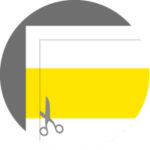 Bleed - Please supply artwork with 10mm bleed
Bleed - Please supply artwork with 10mm bleed
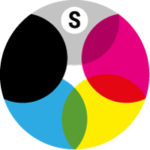 Colour - Please supply your artwork in CMYK and make sure that any critical colours are set up as Pantone spot colours. Provide a CMYK equivalent for any other special colours.
Colour - Please supply your artwork in CMYK and make sure that any critical colours are set up as Pantone spot colours. Provide a CMYK equivalent for any other special colours.
 File Type - We prefer print-ready PDFs but we also accept artwork files supplied as Adobe Photoshop PSD, Illustrator AI/EPS and Indesign INDD if they’re supplied with fonts and links.
File Type - We prefer print-ready PDFs but we also accept artwork files supplied as Adobe Photoshop PSD, Illustrator AI/EPS and Indesign INDD if they’re supplied with fonts and links.
 Fonts - Please ‘path’ your fonts. A PDF compression won’t embed them, so we kindly ask that you create outlines (path) your fonts or send the font files with the artwork.
Fonts - Please ‘path’ your fonts. A PDF compression won’t embed them, so we kindly ask that you create outlines (path) your fonts or send the font files with the artwork.
 Links - If you are supplying artwork in a format other than a PDF, please include all linked images and font files.
Links - If you are supplying artwork in a format other than a PDF, please include all linked images and font files.
 Pixels Per Inch - DPI determines the resolution (detail) of the artwork. Images with a low DPI can look blurry or pixelated when they’re printed. We prefer to work with a minimum of 300dpi.
Pixels Per Inch - DPI determines the resolution (detail) of the artwork. Images with a low DPI can look blurry or pixelated when they’re printed. We prefer to work with a minimum of 300dpi.
 Trim - There’s no need to add trim marks because our software can detect the art-board without them. If your artwork has a cutter, label the cutter using a spot colour called ‘CutContour’.
Trim - There’s no need to add trim marks because our software can detect the art-board without them. If your artwork has a cutter, label the cutter using a spot colour called ‘CutContour’.
Sector:
MuseumProducts used:
G-FloorWe were approached by Realm Projects to work on a new museum being launched in The Old Gaol House, King’s Lynn.
This unique project came with a set of interesting challenges that required us to think creatively and use a variety of exciting techniques and materials to produce stylish visual solutions throughout.
The printed G-Floor was installed to fit flush with existing carpet tiles, giving a hard-wearing finish; perfect for the giant merchant trade activity floor.
All prints were run at 1000dpi to achieve the highest quality finish, which proved more cost-effective and practical than the conventional and expensive option of Lambda printing.
The biggest challenge was to find an innovative solution for producing specialist museum graphics that would not harm irreplaceable, historical and delicate artefacts and would perform within a controlled environment.
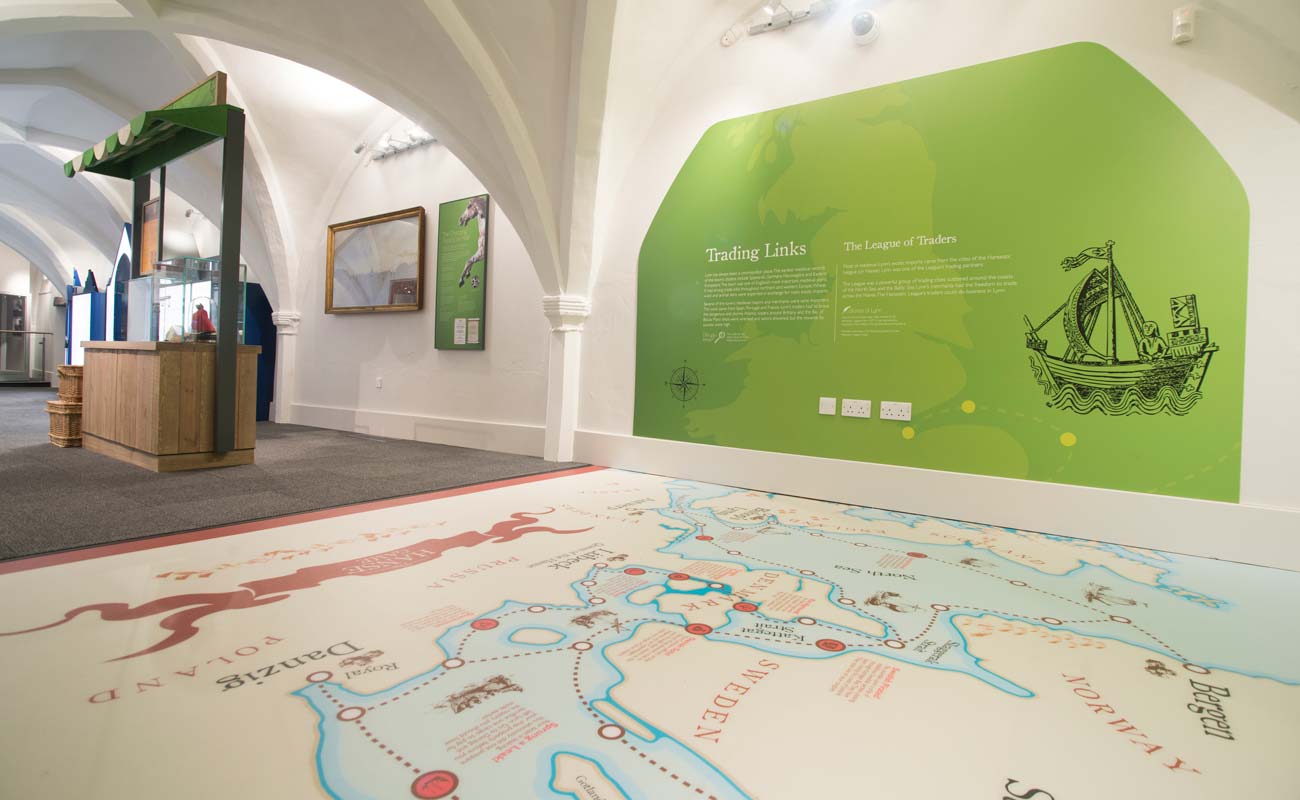




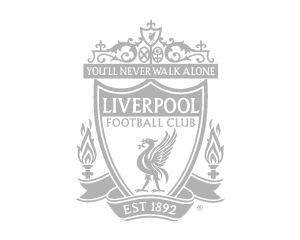



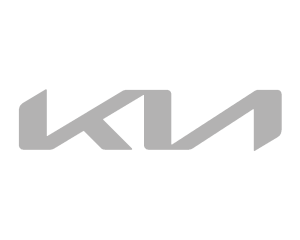
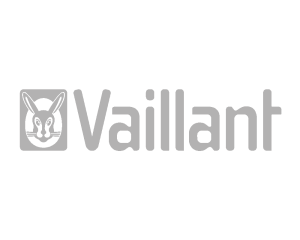
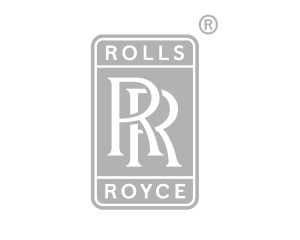
Notifications